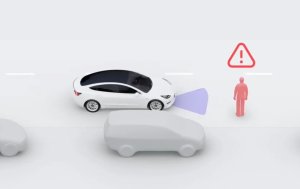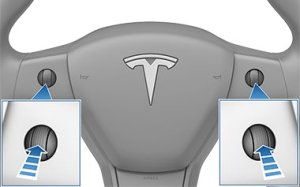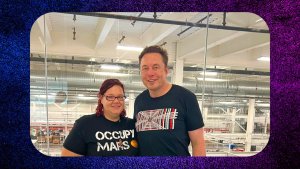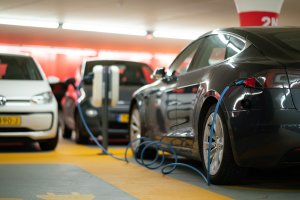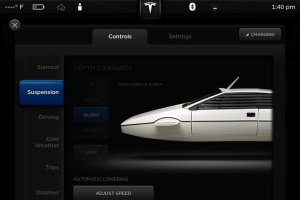Tesla Display Alternative: Everything the Tesla OS Should Be [VIDEO]

A third-party company called Teslogic, which previously built dashboard kits for Tesla vehicles has launched a Kickstarter for something completely unexpected: a full-bore infotainment replacement for your vehicle.
Screenmate completely transforms your Tesla display from its limited entertainment options into a full-fledged productivity and entertainment hub. But it’s not only for entertainment; Screenmate has built an entire OS that’s capable of controlling most aspects of your Tesla.
Since the unit plugs into your vehicle, it can control various aspects of your vehicle, including charging, operating the glove box, folding mirrors, and even new options Tesla doesn’t include, like preheating your battery or controlling your seats directly from the display.
This is an extremely attractive option that has a fast, intuitive user interface. It even includes CarPlay and Android Auto support.
This could be a good option if you want better access to third-party apps, different navigation options, or even more gaming from within your Model 3 or Model Y.
Features
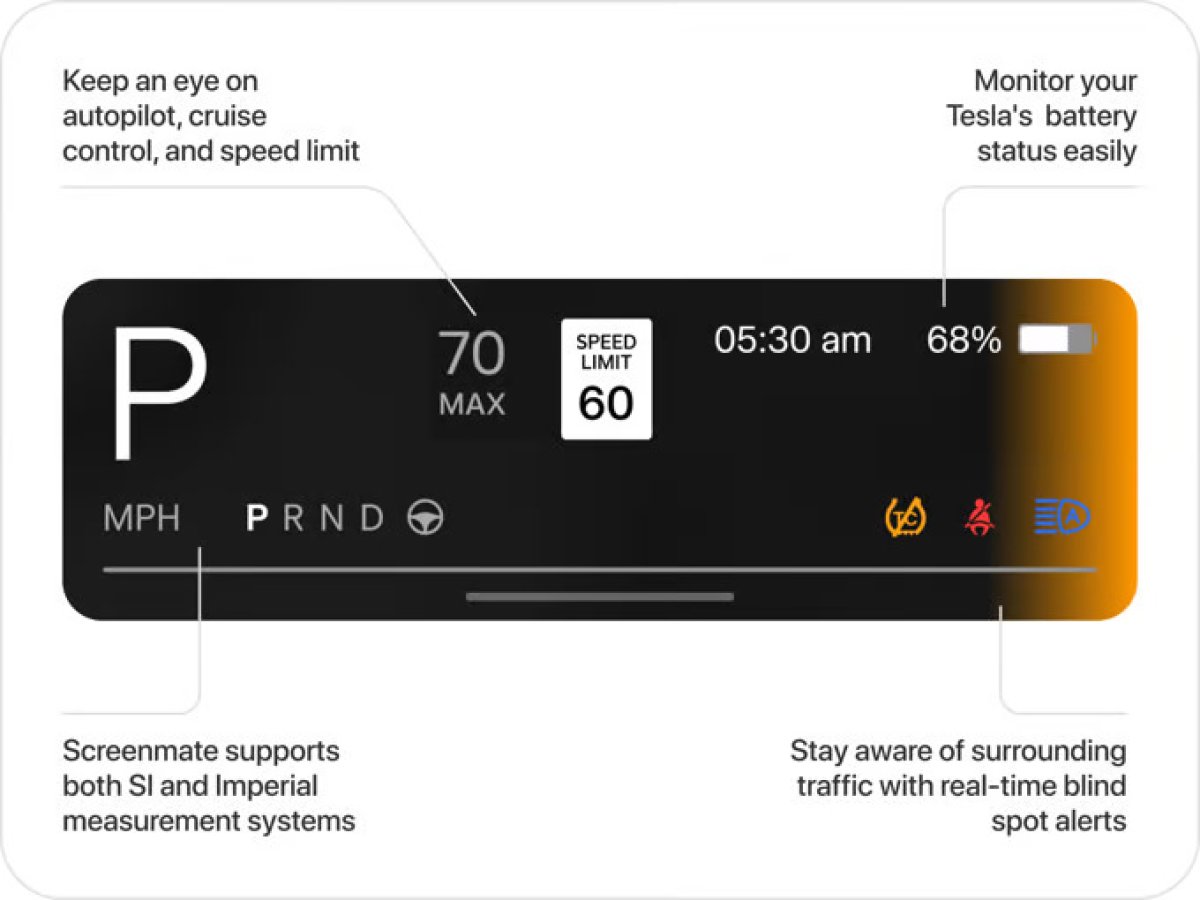
Screenmate is essentially an add-on computer for your Tesla. It takes over the main display, but it can also pass through information from the original infotainment computer, like the FSD visualization.
They’ve also got an updated little top dock that shows all the key car information all the time, including speed, Autopilot / FSD status, speed limit, battery, and the power meter.
App Integration
Screenmate offers a whole host of new apps - pretty much anything available on an Android tablet will be available here. Think better integrations for Netflix, YouTube, Spotify, TIDAL, and others. That’s on top of productivity apps like Zoom, Teams, and even stuff like Microsoft Office or Google Docs.
Navigation Enhancements
Tesla’s navigation system is pretty smart - but a few things are missing that people really would like. Some of these include better information for traffic cameras, speed traps, and other things - usually items available through crowd-sourcing apps like Waze. Screenmate will let you use Waze or another navigation app, and even allow you to display it full screen without having the Autopilot visualizations getting in the way.
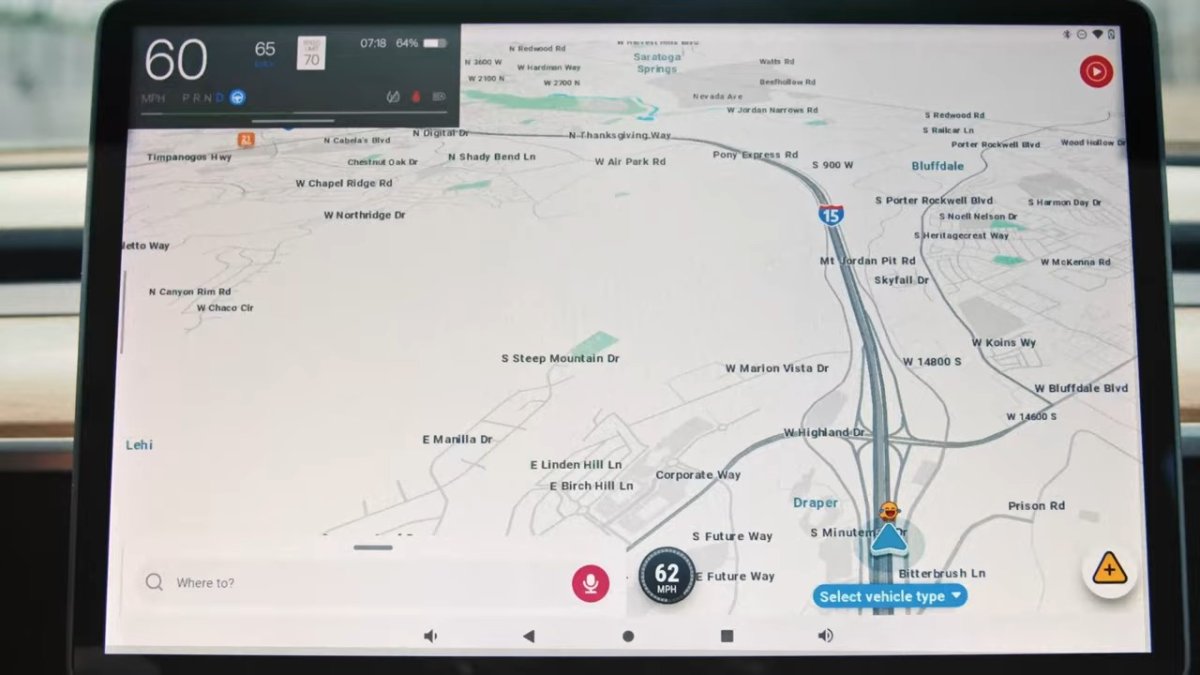
While their Kickstarter doesn’t go into too much detail, there could be some shortcomings, such as whether FSD could leverage the routing that you pick on the screen. FSD uses Tesla’s internal routing and also makes its own decisions on the fly, which are likely not displayed here.
Gaming on the Go
Ever since Tesla killed Steam gaming on the Model S and Model X, gaming has been on a steady decline in Tesla vehicles. Screenmate allows you to play most games available through the Android app store or pass through video from a gaming console. Since the Screenmate has a video input, you can display content from almost any device onto the vehicle’s display, including a Nintendo Switch, your phone, or another device.
Streamlined Controls
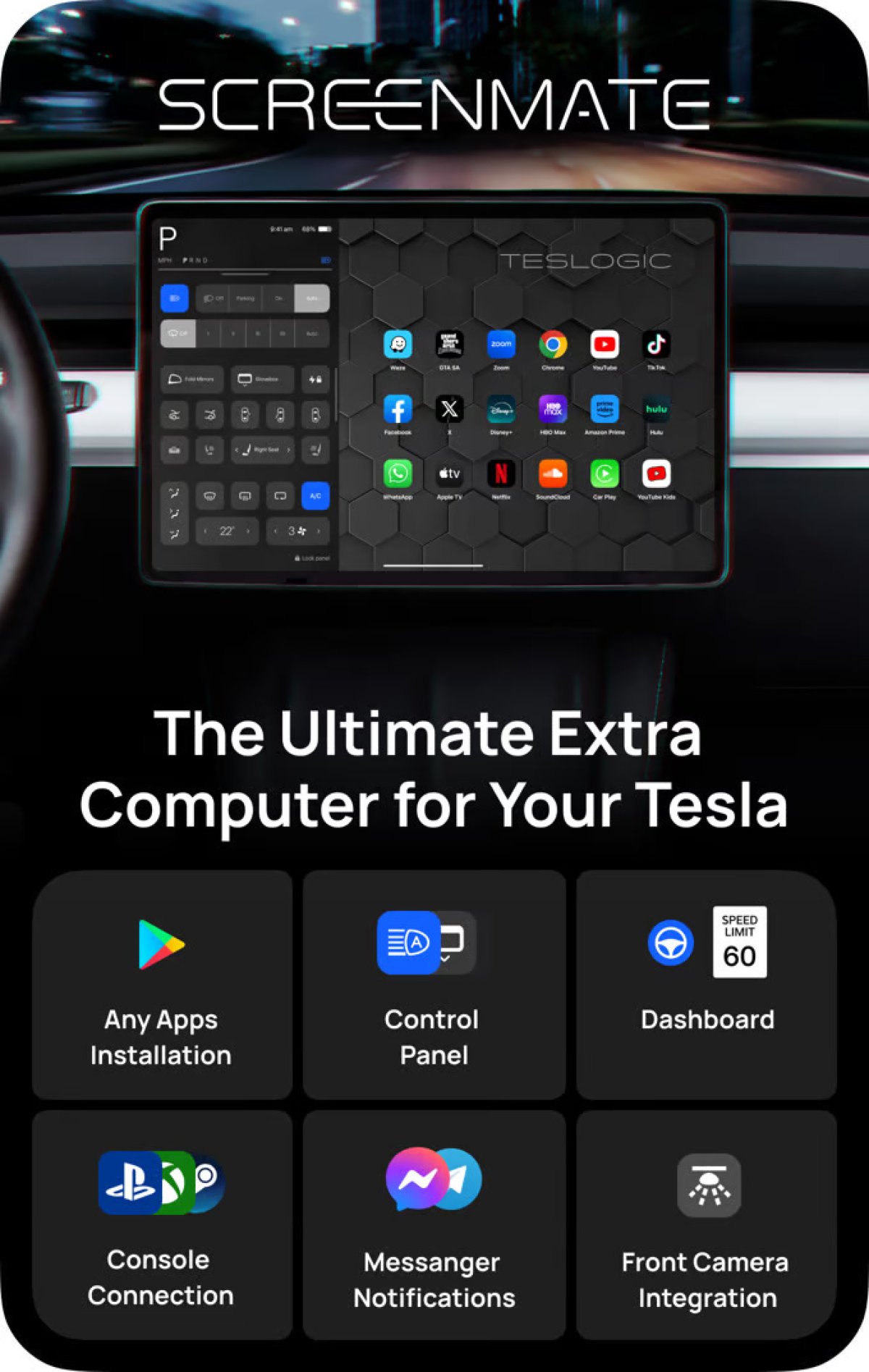
Screenmate adds an interesting new feature—a control panel for your Tesla. It adds a customizable dock of quick-access options for things you’d normally have to dig into a menu for. You can pull it up with a simple swipe from the left.
This is a feature we’d love to see Tesla add in the future. And the best part? It offers a bunch of features you normally can’t access, like preheating your battery for third-party charging.
Social Media
One thing missing from Tesla’s infotainment is messaging apps—Discord, Slack, Facebook Messenger, Whatsapp—the whole host, really—to display their notifications on the screen. Tesla’s infotainment can only show text messages from your phone.
In addition, there’s little to no integration for social media in general. While you can access X or Facebook through a browser, it’s not a great experience.
Since Screenmate can run Android apps, you have access to all of these apps, and they even include notification support.
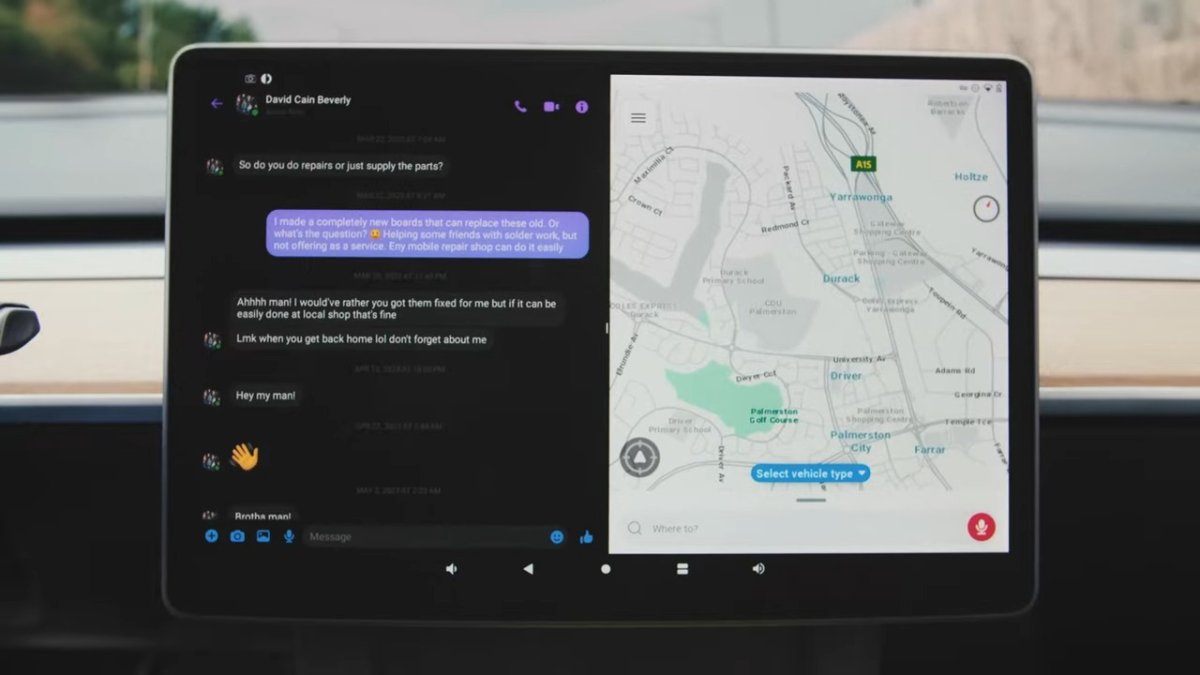
Carplay and Android Auto
For those who can’t live without Apple Carplay and Android Auto, Screenmate offers access to both via a simple wireless or wired connection.
Front Wireless Camera
Teslogic sells a separate wireless front camera which can be integrated directly into the Tesla display if you’ve got Screenmate. It even pops up like the Cybertruck’s front camera.
This is a great feature for people who park in tight spaces. On the other hand, Tesla is likely going to add front bumper cameras to the Model Y Juniper, and also the Model S and Model X.
Pricing & Release Date
Screenmate is on Kickstarter. While Teslogic is a real company that ships products, Kickstarters are at the backer’s risk. That means they technically could not ship a product, and you won’t receive a refund. However, it seems that Teslogic already has all its prototyping done and is ready to move into production.
So, with that warning aside, the Screenmate starts at $599 USD ($830 CAD) with the early bird package, which is available right now. The intended retail price after launch is approximately $890 USD.
Teslogic says the estimated delivery date is around May 2025, so that’s not too far away for those willing to back a Kickstarter campaign. Installation appears to be pretty simple: It's plugged into the MCU serial buses under and behind the glove box.
You can check out the Kickstarter here.
If you purchase something through a link in this article, we may receive a small commission that goes toward supporting the site.











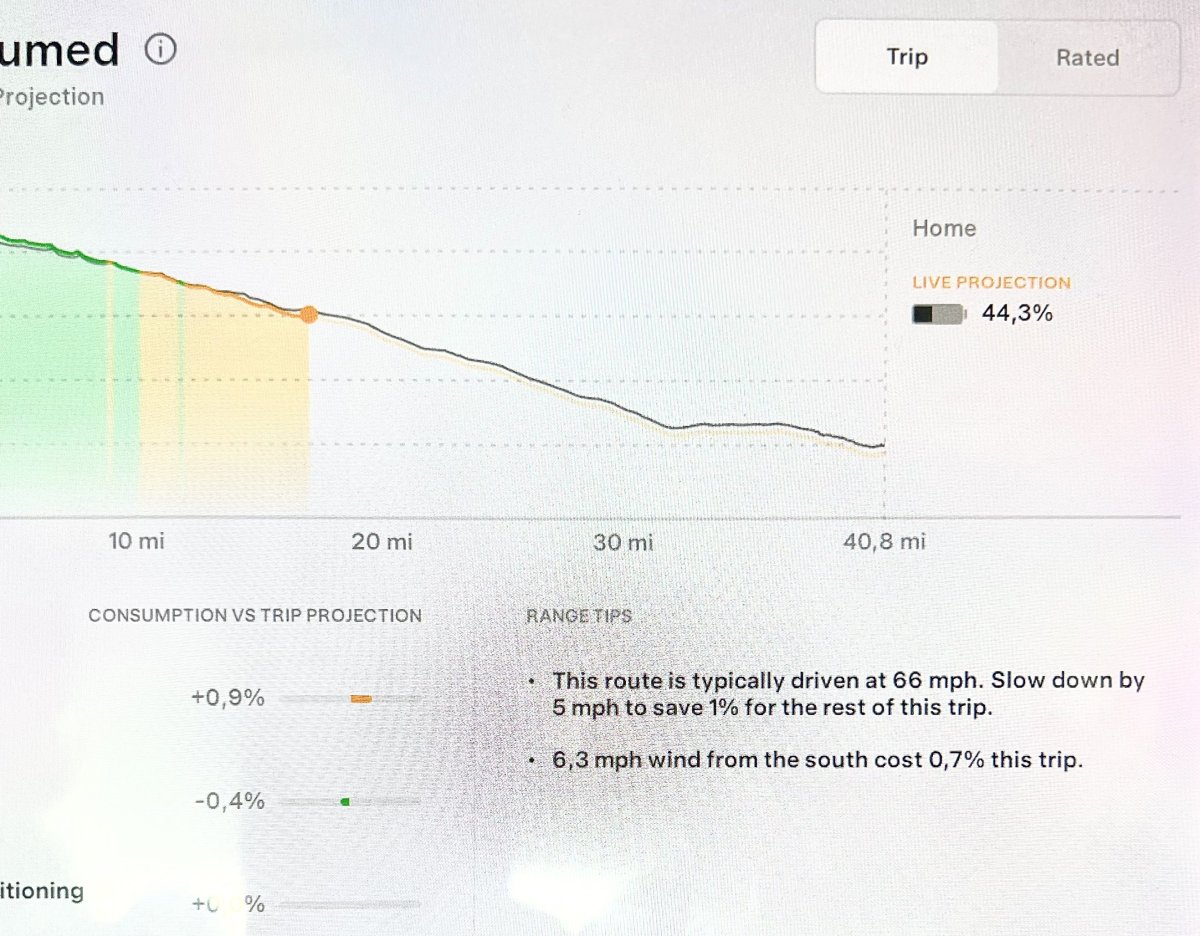

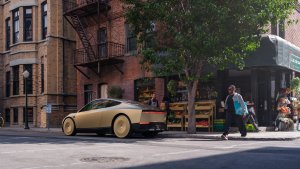
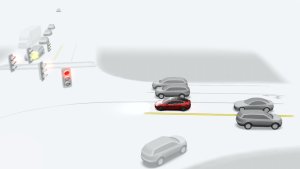
![Tesla Launches 'TeslaVision' Contest With Big Prizes — See Last Year’s Winner [VIDEO]](https://www.notateslaapp.com/img/containers/article_images/2025/tesla-vision.webp/0458df1c6ed085c427608f0cf762de64/tesla-vision.jpg)
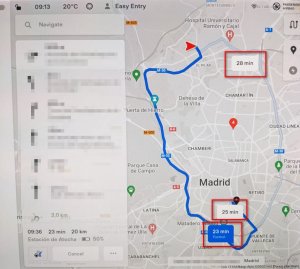
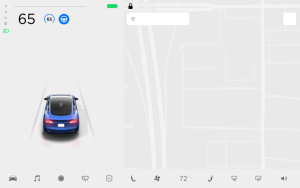
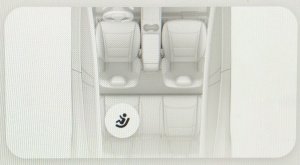
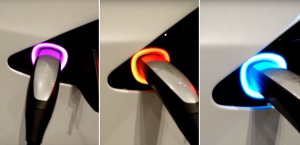
![Tesla Officially Unveils New Model S and Model X: All the Changes [Photos]](https://www.notateslaapp.com/img/containers/article_images/2025/refresh_s_x_1.jpg/31a01e933ae496b97965b27db360f11b/refresh_s_x_1.jpg)
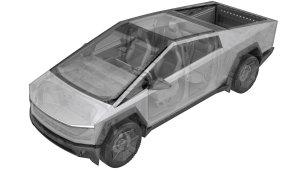
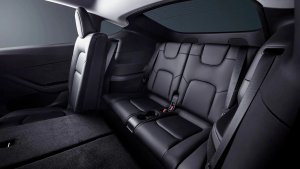
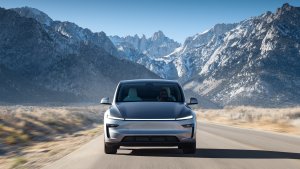
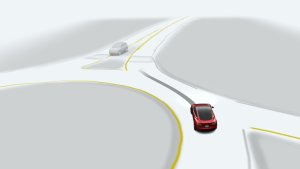
![Driverless Tesla Robotaxi Spotted on Camera in Austin [VIDEO]](https://www.notateslaapp.com/img/containers/article_images/robotaxi/robotaxi-public.webp/5ffd9ed0c2c7f9dbfee05decb1c19a2f/robotaxi-public.jpg)
